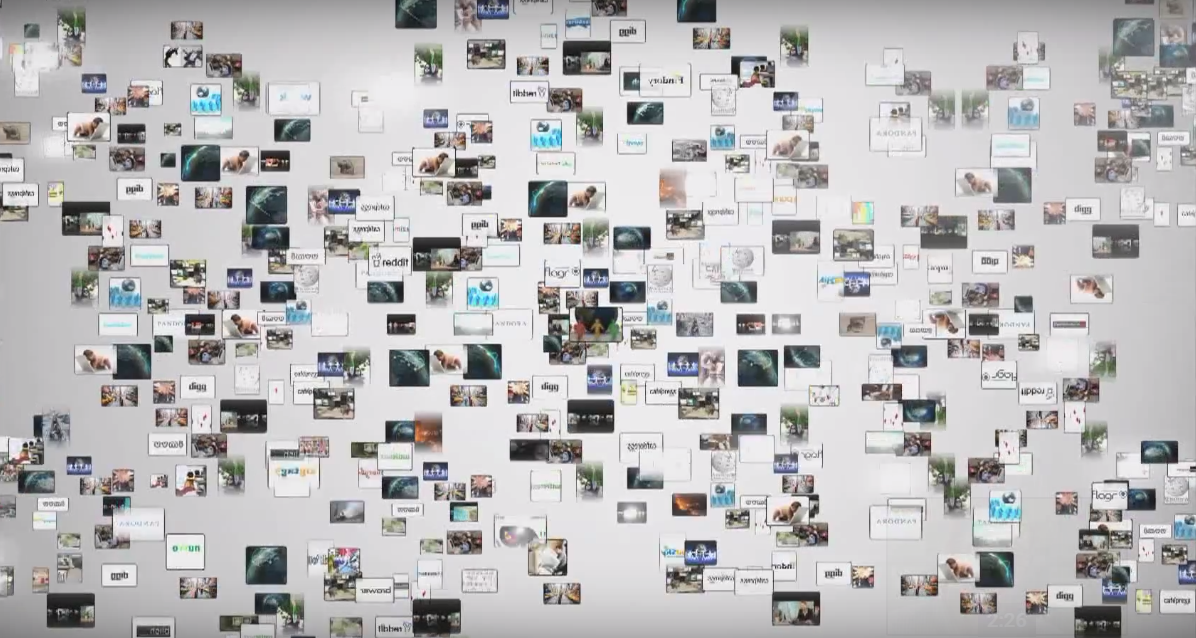The Power of Crowdsourcing
Three ways it’s impacting the world
FUTURE PROOF – BLOG BY FUTURES PLATFORM
Since the advent of the world wide web, crowdsourcing has become more possible than ever before. Its results and benefits are evident. Thanks to it, we have access to vast amounts of information on websites like Wikipedia, access to crowdsourced funds for new businesses, and new business models like AirBnB or Yelp.
But in what other ways is crowdsourcing changing the way society and businesses work? Here are three uses for a type of crowdsourcing known as self-organized crowds.
1 – Better solutions to difficult problems
One of the foremost applications of crowdsourcing is in solving hard or complex problems. The old adage says that two heads are better than one. Well, by crowdsourcing solutions for complex problems from thousands or possibly even millions of people, solutions might be not only better but arrive much faster.
One example of this is OpenIDEO, and open platform whose purpose is to crowdsource solutions to some of humankind’s most challenging issues such as “How might we expand economic opportunities for youth in East Africa?” or “How might we combat health threats like Zika, SARS, Ebola and Malaria in bold, imaginative ways?”
Crowdsourcing for solutions allows problems to be exposed to diverse individuals with different types of skills, experience, and perspectives, which suggests it is the ideal way to approach many problems.
Why not use crowdsourcing to solve other problems such as regional conflicts or even the mysteries of the universe?
2 – Better innovations
Crowdsourcing can also be used to innovate in everything from design to products. For instance, Doritos has been using crowdsourced ads for its Super Bowl spots since 2006. These ads have won the USA Today Ad Meter’s top spot 3 times and have been in top 5 several times.
Unilever is another company that tries to harness the power of the crowds to innovate within its product portfolio. From academics to startups and industry leader corporations like Unilever use crowdsourcing to, for instance, better monitor their palm oil supply chain.
More and more companies seem to be turning to the crowd for new innovations. This isn’t surprising. Good ideas can come from anywhere, and it is unlikely that the best will always come from the same employees within a company.
3 – Better decision-making
We can crowdsource decision-making too. Many cities around the world are implementing community engagement programs to give citizens a voice in how the city is run and its future is planned. And in companies, higher level management has plenty of reasons to choose to go to its employees for many decisions. As this Forbes article suggests, some of these are to overcome bias, get better ideas, and enhance company culture.
Ultimately, the decision might be left to upper level managers and the CEO, but these, in larger companies, in many cases only have a somewhat distant knowledge of what’s happening on the floor. By crowdsourcing decisions or inviting employees to voice their ideas, managers can make them feel welcome while gaining a better understanding not only of what their employees are expecting but also of their own biases.
In the future
Crowdsourcing does not come without its issues, such as lack of confidentiality. But as we have seen there has been an increase in its use, from companies to new business models to governments. In the future, we can expect crowdsourcing to become even more prevalent.
No matter whether you are solving problems or searching for answers, how are you using the power of the crowd? And how will it change what you do in the future?
Never miss a post from our futurists! Sign up for our newsletter and receive the latest articles on disruptive future changes and foresight best practices straight to your inbox.




